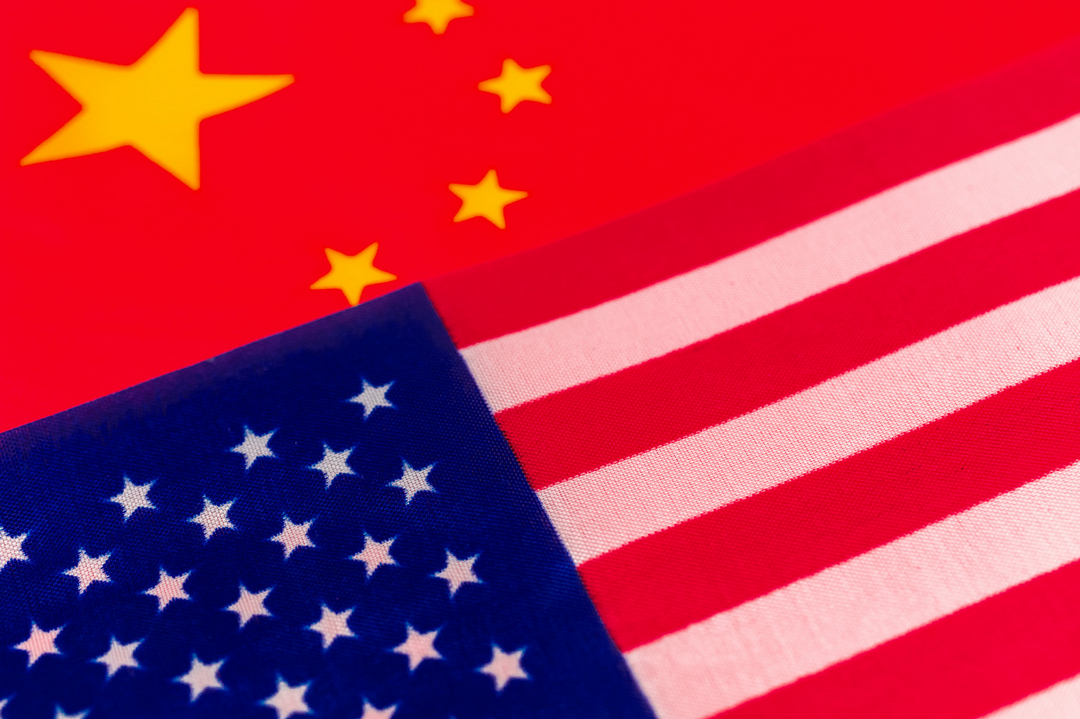2 min read
The changing nature of naval power in the Pacific
By: GIS Reports on August 2, 2024 at 8:00 AM

Over the past 25 years, China's People's Liberation Army (PLA) has evolved from a predominantly army-centric force with a modest coastal navy into the foremost naval power in Asia.
This transformation is attributed to the Chinese Communist Party’s (CCP) sustained investment in the PLA Navy, aiming to achieve the “Great Rejuvenation” of China under General Secretary Xi Jinping's directive. This shift underscores the CCP's strategic focus on maritime power to bolster national rejuvenation goals.
Comparative Shipbuilding Capacity
The disparity in shipbuilding capacities between the U.S. and China significantly contributes to this naval transformation. In 2023, the U.S. Office of Naval Intelligence revealed that China’s shipbuilding capacity is more than 200 times that of the U.S. This advantage stems from China's extensive shipyard infrastructure, boasting 13 major naval shipyards compared to the U.S.'s seven. Notably, the Jiangnan Shipyard near Shanghai, with its vast facilities, matches the combined capacity of all U.S. shipyards. Consequently, the balance of naval power in the Western Pacific has tilted in favor of China, with the U.S. Navy experiencing a dramatic shift from a 76-warship advantage in 2005 to a 39-combatant deficit in 2023.
Qualitative and Quantitative Superiority
China’s naval superiority extends beyond sheer numbers. The PLA Navy’s advanced warships, such as the Type 055 Renhai-class cruisers, exemplify this qualitative edge. These cruisers, equipped with 112 vertical launch system tubes capable of firing a range of sophisticated missiles, surpass the capabilities of similar U.S. naval systems. With eight operational Type 055 cruisers and more under construction, these vessels enhance China’s carrier and expeditionary strike groups' firepower.
China's carrier strike groups, although not yet on par with those of the U.S., are progressing rapidly. The Shandong, China’s second aircraft carrier, has conducted live-fire drills and nighttime operations, rivaling the operational tempo of U.S. carriers in the Western Pacific. The forthcoming Fujian, China’s third carrier, is expected to be operational by 2025, equipped with advanced electromagnetic catapults. By 2035, China aims to field at least six operational carrier strike groups, enabling significant naval combat capabilities and power projection.
Challenges Facing U.S. Naval Power
Contrasting China’s naval ascendancy, the U.S. Navy faces substantial challenges. The U.S. shipbuilding industry is plagued by delays and inefficiencies, with key programs experiencing significant setbacks. The Columbia-class and Virginia-class submarine programs face delays, undermining U.S. undersea dominance—a critical component of countering PLA Navy strategies. The declining robustness of the U.S. shipbuilding sector, highlighted by cumulative delays exceeding 11 years, exacerbates these challenges.
Strategic Scenarios and Responses
The evolving naval power dynamics necessitate strategic adjustments by the U.S. and its allies. Traditional fleet expansion is neither fiscally feasible nor sufficient. An asymmetric approach, emphasizing the deployment of unmanned systems and network-centric warfare, is gaining traction. Admiral Sam Paparo's strategy to deploy thousands of unmanned systems to counter China’s military illustrates this shift.
A broader naval revitalization, while necessary, appears unlikely given fiscal constraints. However, the status quo is untenable, as China’s aggressive maritime actions underscore the need for a proactive response. Engaging with China, a stance diminished by recent aggressive actions, must be balanced with robust defense strategies to maintain regional stability.
Conclusion
China’s naval transformation, driven by strategic investments and shipbuilding superiority, has reshaped the military balance in the Western Pacific. The U.S. must innovate and adapt its strategies to address this evolving challenge, ensuring that naval power remains a cornerstone of global security and stability.
Related Posts
NO ORDINARY BOATS: CRACKING THE CODE ON CHINA’S..
By Ryan Martinson
Facing up to China’s Hybrid Warfare in the Pacific
The People's Republic of China has registered 26 China Coast Guard (CCG) vessels to operate in the..
China's shadow armada: The unseen power of the..
China’s maritime militia, known as the People’s Armed Forces Maritime Militia (PAFMM), is a pivotal..




